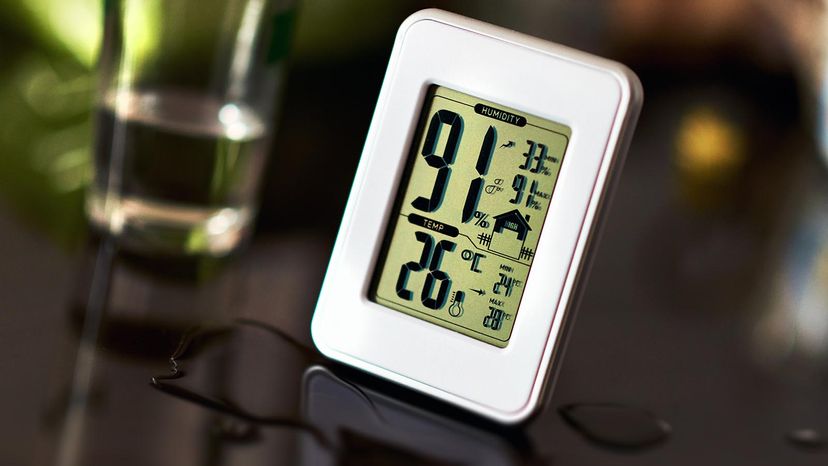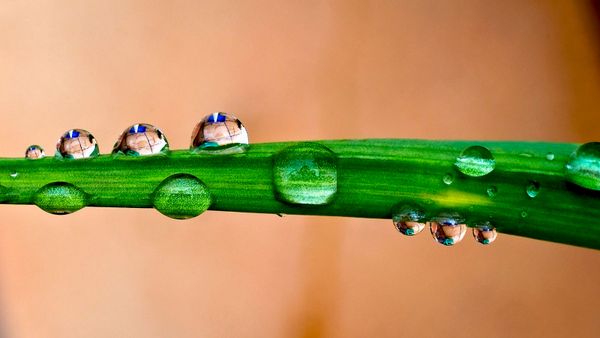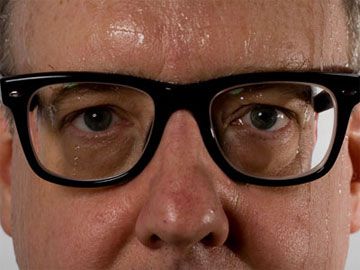
Water vapor exists in our air, and the resulting humidity can affect us. We sweat to stay cool, but when the air's relative humidity is super high, our sweat doesn't evaporate. You know that sticky feeling when you're saturated with sweat. As a result, it feels much hotter than it actually is when humidity levels run high.
The reverse is true when there's low relative humidity in the air. Our sweat evaporates easily, due to an effect called evaporative cooling, which regulates our temperatures. But how do you monitor humidity levels around you? You can use a hygrometer to find out. There are many different types available, depending on your needs, and all of them measure humidity. That's something regular thermometers just can't do!
Advertisement


